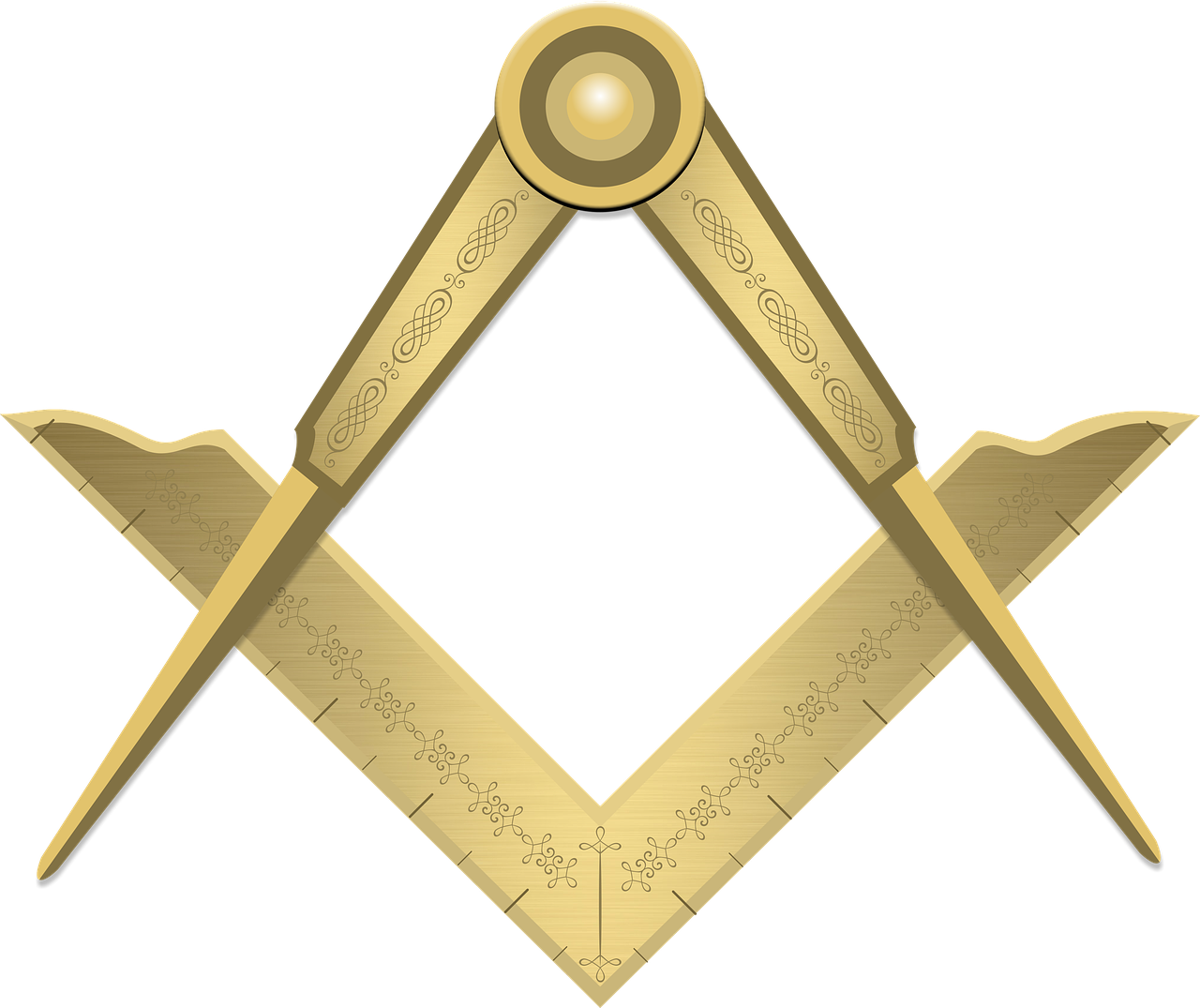Acorns — 3 Varieties
When the Acorn ESL was originally introduced it came with a single transformer driving the 3 individual sections of the panels with suitable filters for the individual sections. The stators were made from custom punched steel, insulation was by powder coating.
We then introduced a dual transformer design with a crossover to separate the low frequencies and direct them to the dedicated bass section, the mid and high frequencies were dealt with by a separate transformer with the mid range section having high frequencies filtered from them using high voltage resistors. This enabled us to use a higher turns ratio bass transformer to compensate for front to rear cancellation effects and to more effectively remove low frequency signals from the mid treble sections. The effect was not subtle. The bass response and extension was greatly improved with a fast clean and sweet mid / treble.
We then changed the punched steel stators to custom made slotted printed circuit board material with the benefits of uniformity, flatness and ease of insulation at the forefront.
Shortly after this we added a third transformer dedicated to the treble section and a new power supply / crossover circuit board.
Well, we retained the printed circuit board stators as they have proved to be excellent from a sound reproduction perspective and are extremely reliable. Some time ago we discovered our new circuit board mount treble transformer would drive small capacitive loads out to 35 kHz and after experimenting with some very high frequency transducers it became clear that some benefit could be gained by having a super tweeter section in the Acorn.
How to do it though?
The wavelength of frequencies above 20 kHz is very short, so to allow decent horizontal dispersion the super tweeter strip had to be very narrow. We decided to incorporate a super tweeter strip in the centre of the existing treble section and have a low pass filter from it to drive the full width of the treble strip from 18 kHz down. This was achieved using surface mount resistors on the treble strip stator.
We also retained the three transformer design and made some improvements to the power supply / crossover circuit board.
While the CNC’d plastic support panel made a very nice single panel that could be stacked to create larger speakers it had one major compromise. The individual stators were bonded into the support panel at different depths to optimise the field strength for each section. A single diaphragm was then fitted across the surface of the panel covering the 3 sections. This meant that the thickness and tension used on the diaphragm was common for all sections. While this does work very well, sonic improvements can be made by having thinner film with higher tension over the mid / treble sections and thicker film with lower tension over the bass section.
This led us to investigate the possibility of dividing the panel into 2 pieces so that a separate diaphragm could be fitted to the bass section at a tension suitable for low frequencies and another diaphragm fitted to the mid / treble section with a tension that is suitable for higher frequencies. During this process it became clear that the panels would have to self support, doing away with the CNC’d plastic support panel. This design also gave us the opportunity to use diaphragm material of different gauges for the 2 sections to further optimise the sound.
We wanted to keep the same panel dimensions as the original Acorn and by eliminating the plastic support frame it made it possible to increase the bass section active area by around 15% without making the combination of the 2 panels any larger than the original single panel.
A summary of the changes is below.
* The machined plastic support panel has been removed which allows us to make the bass section 15% larger.
* We have added a super tweeter strip in the centre of the treble section. This allows response to 35kHz. While you cannot hear this frequency, it does have an effect on the frequencies below it that you can hear.
* The treble strip has 4x SMD stator mounted resistors to create a low pass filter that allow operation up to 18kHz, frequencies higher than this are reproduced by the super tweeter strip. The whole of the treble strip including the super tweeter reproduces frequencies from 6kHz to 18kHz.
* Because the super tweeter strip is very narrow, horizontal dispersion is excellent.
* As the bass and mid / treble panels are now separate units we can use different tensions for each section. When the panel was a single unit a single diaphragm was attached to the whole panel. This means that the tension used was a compromise, the bass section was a bit too high to allow the best bass reproduction and the tension on the mid / treble section was a bit low for best performance. Separating the panels has allowed us to optimise the tension for each section.
* The panels are made much stiffer and now self-support in place of the support panel.
* Each speaker consists of 2x bass panels and 2x mid / treble panels clipped together.
* The crossover has been optimised for the new panel layout and now carries the filter circuit for the mid-range section. The crossover / power supply board has an on-board treble transformer, the mid and bass transformers are too large to mount on this board so are mounted on a laser cut plate either side of the crossover / power supply board.
* We have managed to source an excellent 2 piece plastic H section that is used to clip the bass and mid / treble panels together in the vertical axis. This provides support in the vertical plane and gives an excellent appearance.
